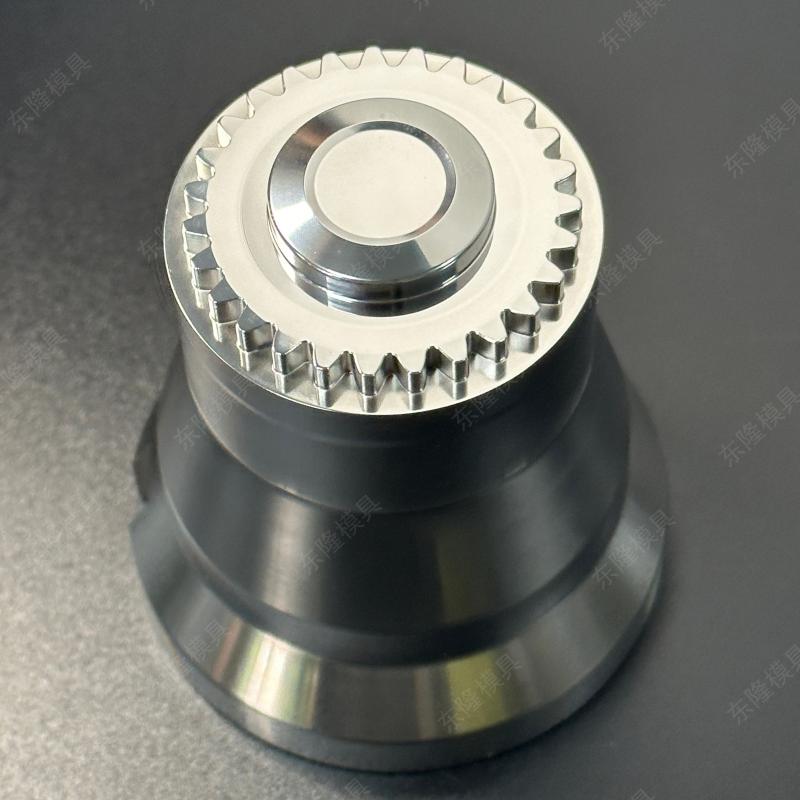Steel Dies play a crucial role in the manufacturing process, serving as essential tools for shaping and forming materials across various industries, including automotive, aerospace, and consumer goods. However, the production of Steel Dies comes with its own set of challenges. This article explores some of the most common challenges faced in steel die production, including wear and tear, dimensional stability, and production lead times.

1. Wear and Tear
One of the most significant challenges in steel die production is the wear and tear that occurs during their use. Steel Dies are subjected to high levels of stress and friction, leading to gradual degradation over time.
Causes of Wear: Factors contributing to wear include the type of material being processed, the frequency of use, and the operational conditions such as temperature and pressure. Dies used in high-volume production environments are particularly susceptible to wear.
Impact on Performance: As dies wear down, they can lose their precision, resulting in defects in the final product. This not only affects quality but can also lead to increased scrap rates and costly rework.
Mitigation Strategies: To combat wear, manufacturers can use advanced materials with superior wear resistance or apply coatings that enhance durability. Regular maintenance, including inspection and timely repairs, can also extend the lifespan of Steel Dies.
2. Dimensional Stability
Maintaining dimensional stability is critical in die production. Even minor deviations in dimensions can lead to significant issues in the manufacturing process.
Factors Affecting Stability: Various factors can impact the dimensional stability of steel dies, including thermal expansion, machining tolerances, and changes in material properties due to heat treatment.
Precision Requirements: In industries such as automotive manufacturing, where precision is paramount, even slight dimensional inaccuracies can result in parts that do not fit properly, leading to assembly issues and compromised functionality.
Quality Control Measures: Implementing rigorous quality control measures during the manufacturing process is essential. Techniques such as coordinate measuring machines (CMM) can be used to ensure that dies meet specified tolerances throughout production.
3. Production Lead Times
The lead time for producing steel dies can be lengthy, posing challenges for manufacturers who require rapid turnaround times.
Complexity of Design: The complexity of die design can significantly affect production times. Custom dies often require extensive engineering and testing, leading to longer lead times.
Machining Processes: The machining processes involved in creating steel dies, such as milling, grinding, and electrical discharge machining (EDM), can be time-consuming. Each process requires careful planning and execution to achieve the desired quality.
Supply Chain Challenges: Material availability can also impact lead times. Delays in sourcing high-quality steel or other necessary components can extend production schedules, affecting overall project timelines.
Strategies for Improvement: To reduce lead times, manufacturers can adopt lean manufacturing principles, streamline workflows, and invest in advanced machining technologies. Utilizing computer-aided design (CAD) and computer-aided manufacturing (CAM) software can also enhance efficiency in the design and production phases.
Steel die production is fraught with challenges, from wear and tear to maintaining dimensional stability and managing production lead times. Addressing these challenges requires a combination of advanced materials, rigorous quality control measures, and efficient manufacturing practices. By investing in technology and adopting best practices, manufacturers can overcome these obstacles, ensuring the production of high-quality steel dies that meet the demands of modern manufacturing. Ultimately, a proactive approach to these challenges can lead to improved efficiency, reduced costs, and enhanced product quality, positioning manufacturers for success in a competitive landscape.











